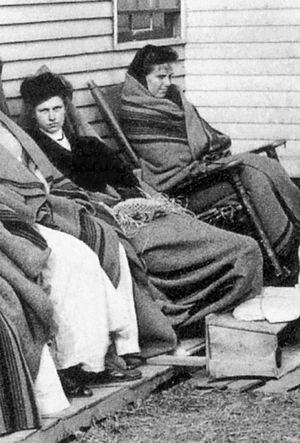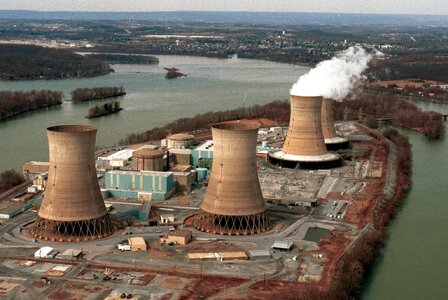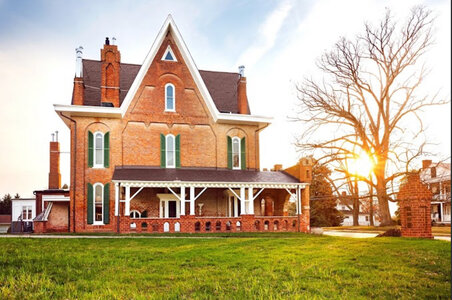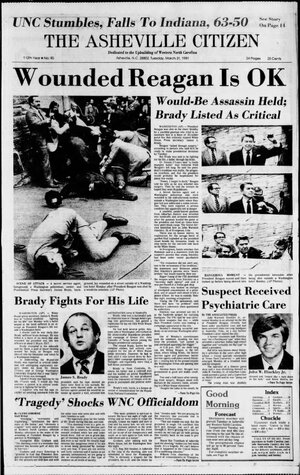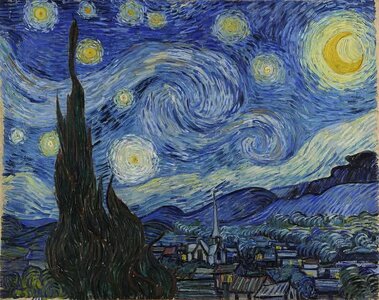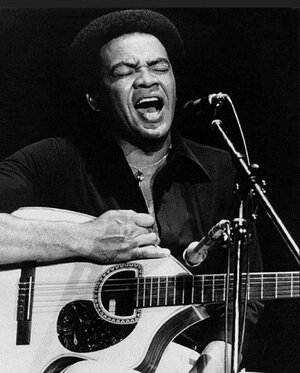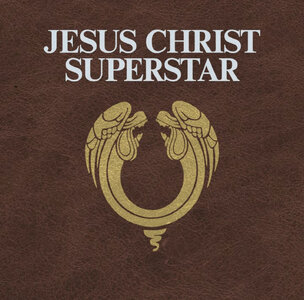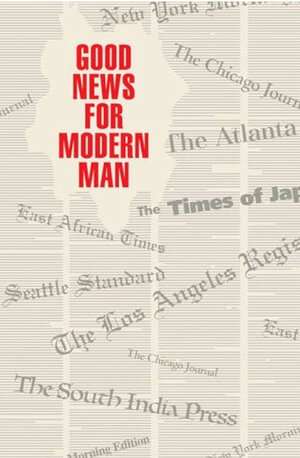- Messages
- 1,300
If she were alive today and eligible to vote, I guarantee you she would be a Trumper. She was just trying to live her life and earn an honest day's pay for an honest day's work. But all these busy body bureaucrats--with nothing else to do--make up outrageous stories about her just to justify sucking off the public teet for a few more paychecks.1915 American domestic Mary Mallon, better known as Typhoid Mary, was placed under a quarantine on North Brother Island, New York City, that lasted until her death in 1938; a typhoid carrier, she was allegedly responsible for multiple outbreaks of typhoid fever.
Mary Mallon immigrated to the United States in 1883 and subsequently made her living as a domestic servant, most often as a cook. It is not clear when she became a carrier of the typhoid bacterium (Salmonella typhi). However, from 1900 to 1907 nearly two dozen people fell ill with typhoid fever in households in New York City and Long Island where Mallon worked. The illnesses often occurred shortly after she began working in each household, but, by the time the disease was traced to its source in a household where she had recently been employed, Mallon had disappeared.
Typhoid Mary (born September 23, 1869, Cookstown, County Tyrone, Ireland—died November 11, 1938, North Brother Island, Bronx, New York, U.S.) was an infamous typhoid carrier who allegedly gave rise to multiple outbreaks of typhoid fever.
Mary Mallon immigrated to the United States in 1883 and subsequently made her living as a domestic servant, most often as a cook. It is not clear when she became a carrier of the typhoid bacterium (Salmonella typhi). However, from 1900 to 1907 nearly two dozen people fell ill with typhoid fever in households in New York City and Long Island where Mallon worked. The illnesses often occurred shortly after she began working in each household, but, by the time the disease was traced to its source in a household where she had recently been employed, Mallon had disappeared.
Typhoid Mary Mary Mallon (left), known as Typhoid Mary, in quarantine on North Brother Island, New York City, early 20th century.
In 1906, after 6 people in a household of 11 where Mallon had worked in Oyster Bay, New York, became sick with typhoid, the home’s owners hired New York City Department of Health sanitary engineer George Soper, whose specialty was studying typhoid fever epidemics, to investigate the outbreak. Other investigators were brought in as well and concluded that the outbreak likely had been caused by contaminated water. Mallon continued to work as a cook, moving from household to household until 1907, when she resurfaced working in a Park Avenue home in Manhattan. The winter of that year, following an outbreak in the Manhattan household that involved a death from the disease, Soper met with Mallon. He subsequently linked all 22 cases of typhoid fever that had been recorded in New York City and the Long Island area to her.
Again Mallon fled, but authorities led by Soper finally overtook her and had her committed to an isolation centre on North Brother Island, part of the Bronx, New York. There she stayed, despite an appeal to the U.S. Supreme Court, until 1910, when the health department released her on condition that she never again accept employment that involved the handling of food.
Four years later Soper began looking for Mallon again when an epidemic broke out at a sanatorium in Newfoundland, New Jersey, and at Sloane Maternity Hospital in Manhattan; she had worked as a cook at both places. Mallon was at last found in a suburban home in Westchester county, New York, and was returned to North Brother Island, where she remained for the rest of her life. A paralytic stroke in 1932 led to her slow death six years later.
Mallon claimed to have been born in the United States, but it was later determined that she was an immigrant. In all, 51 original cases of typhoid and three deaths were directly attributed to her (countless more were indirectly attr
Last edited:

